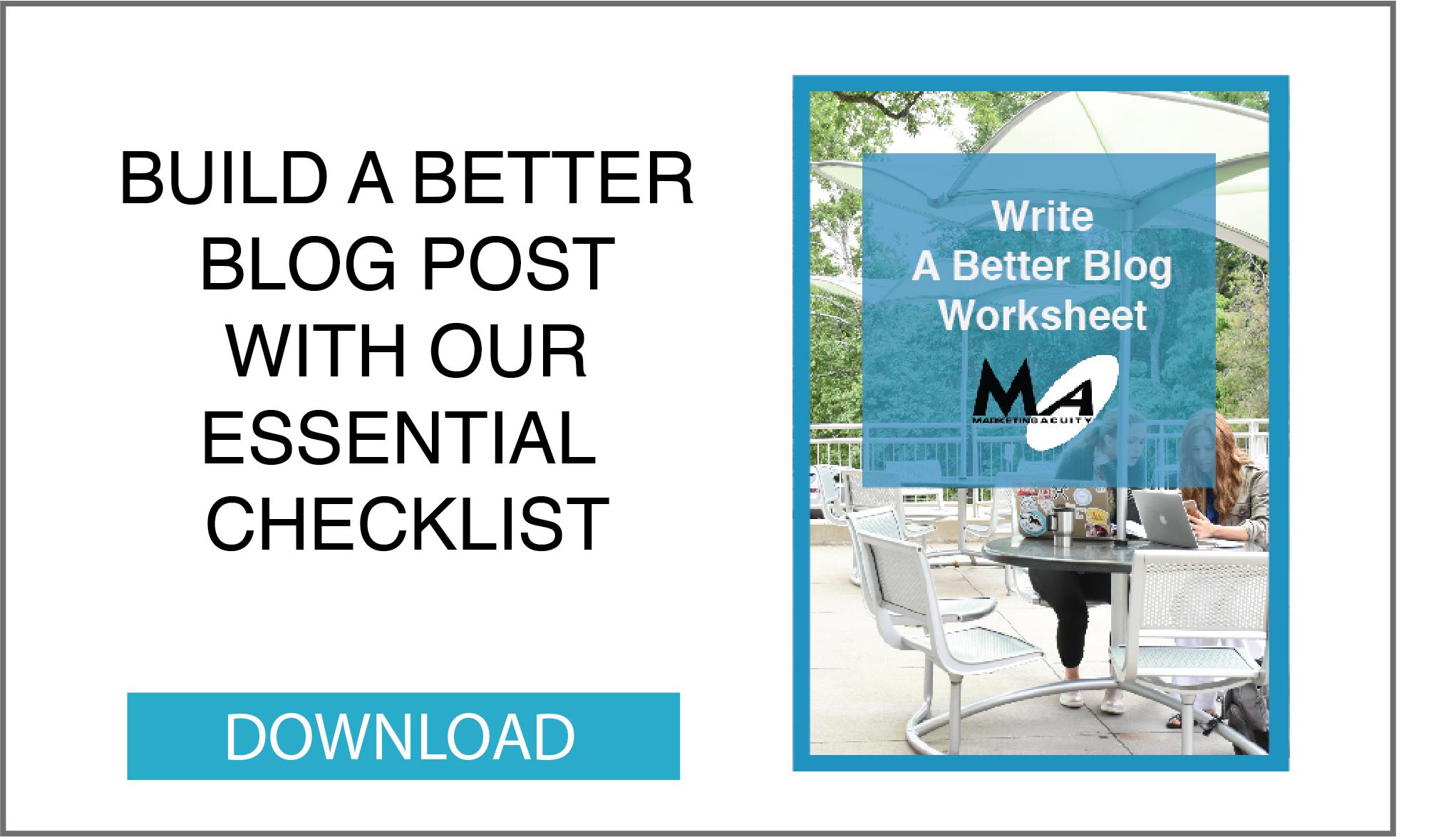WordPress is an easy to use web site platform called a content management system or CMS. WordPress has evolved from a blogging platform to become a sophisticated system for managing web sites, complete with a library of thousands of third-party plugins that extend the system to encompass almost any feature you might need. From commerce to event registration to membership management to crowd fundraising platforms, WordPress can handle it all.
One of the first things you’ll need to is put some content on your new WordPress site. This quick video shows you step by step how to add a post or page:
- Log in to your WordPress web site (usually http://www.yourdomain.com/wp-admin), substituting yourdomain.com for your actual web site domain.
- Navigate to the black side toolbar (Dashboard)
- Select Post (or Page if you’re editing a web site page) and choose “create new”
- Begin typing a headline – this headline is very important. It should contain keywords that your user is searching for. A good headline is: Web Site Development Services, not just Services, for example.
- Type or copy and paste your content into the main body area. If you’re pasting from Word use the icon that looks like a clipboard with a W on it (this is Paste from Word). Word brings in a lot of formatting that web sites can’t render effectively.
- If SEO tools are loaded into your plugins, you’ll see an area below this that you can edit your content to optimize this for search. We cover this in another video.
- If your site uses Featured Images in posts or pages, you’ll find them to the bottom right.
- Either save your page as a draft or published page
WordPress doesn’t automatically create a menu item (although there is a setting that can do this) from a page, so you’ll need to add the page to a menu (separate video) so you can get to it from your main navigation.
Creating posts is very similar. They will appear on your Blog section of your web site, which can be specified in WordPress’s Settings area (separate video.)
That’s it! Parcel your content into smaller bites of content – each page should have just one focus keyword. Resist the temptatation to combine, say, about, with your board of directors or your mission. Each of these pages should be separate.
If you want to learn more about video blogging and its benefits, check out our latest case study on how video blogs outperform written blogs. Download for free today!






